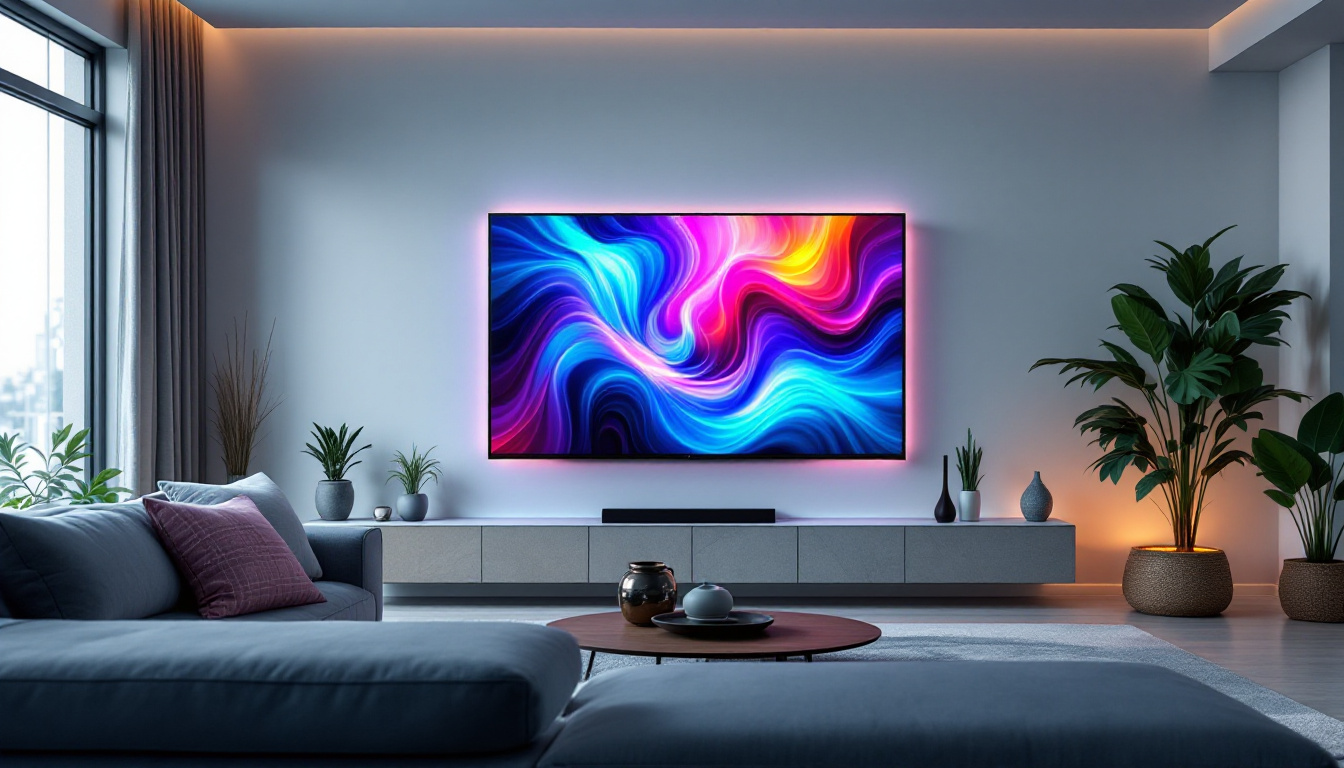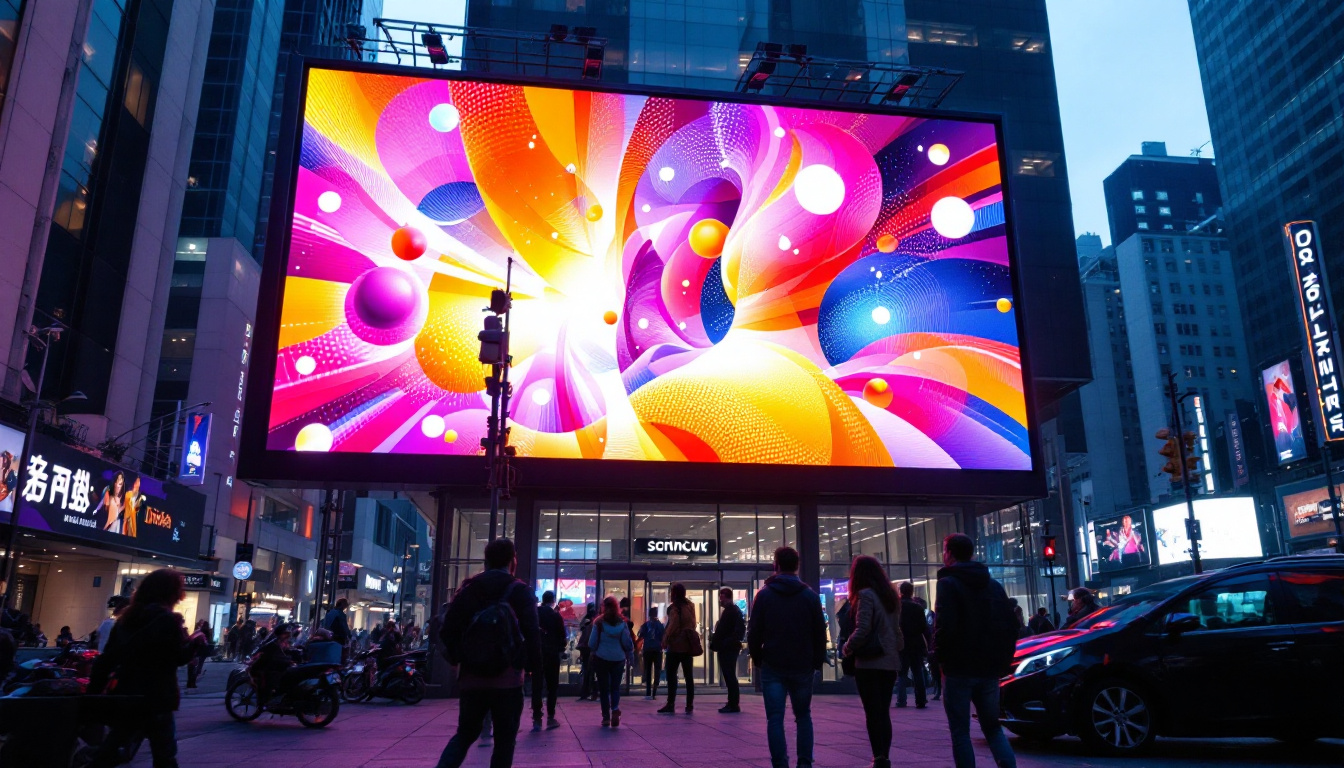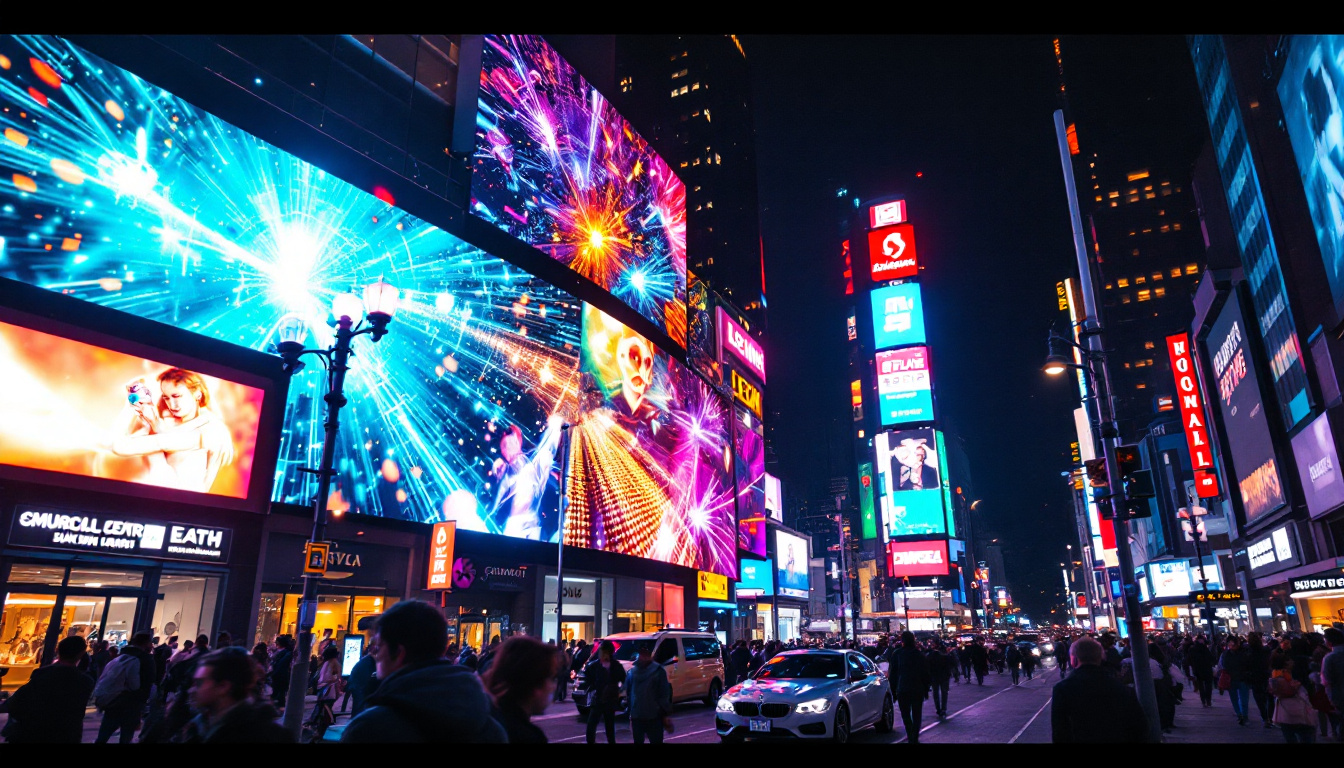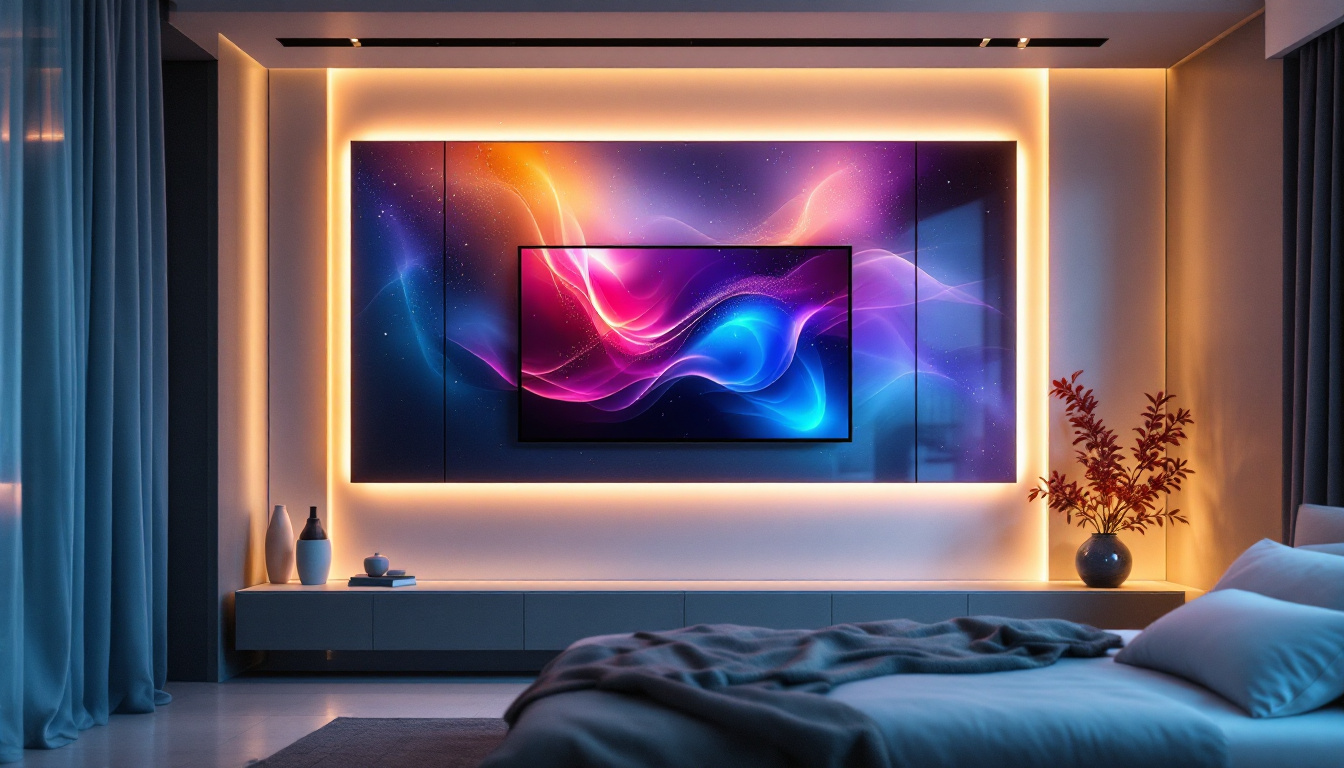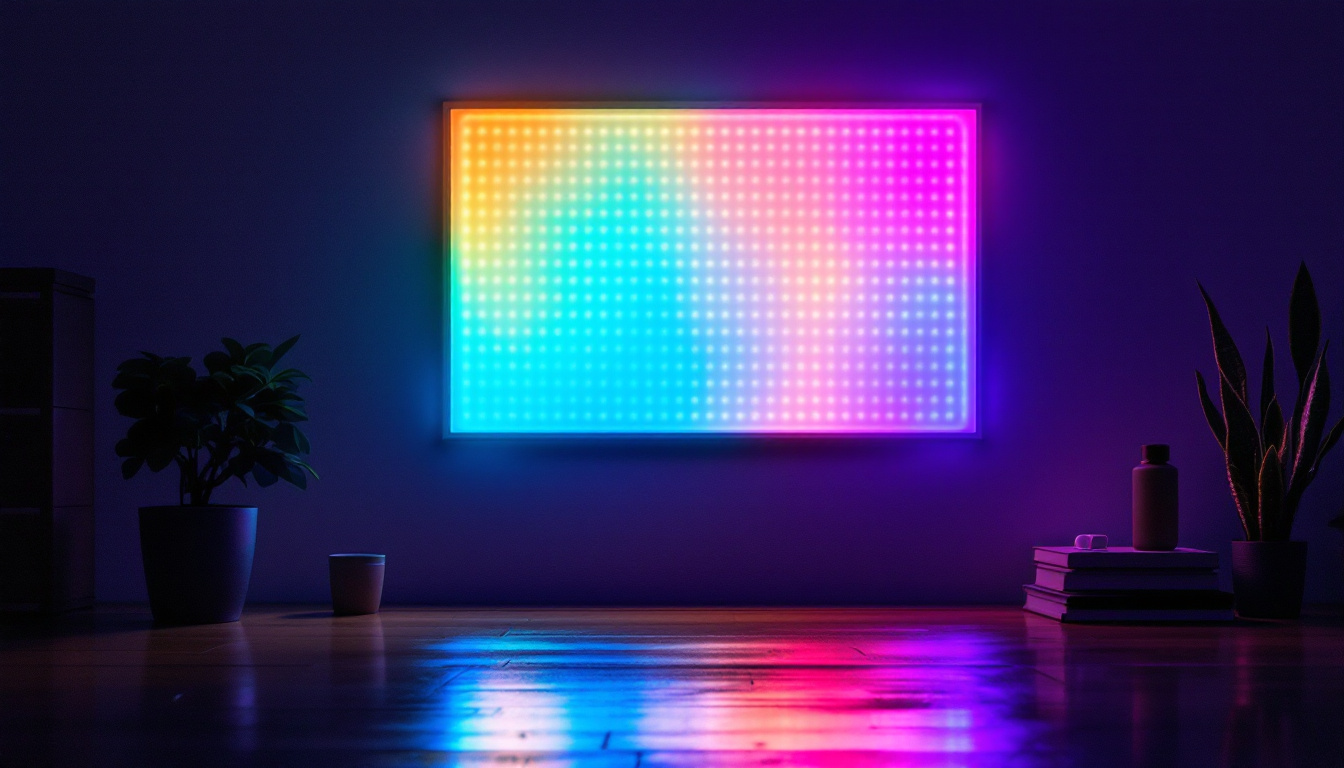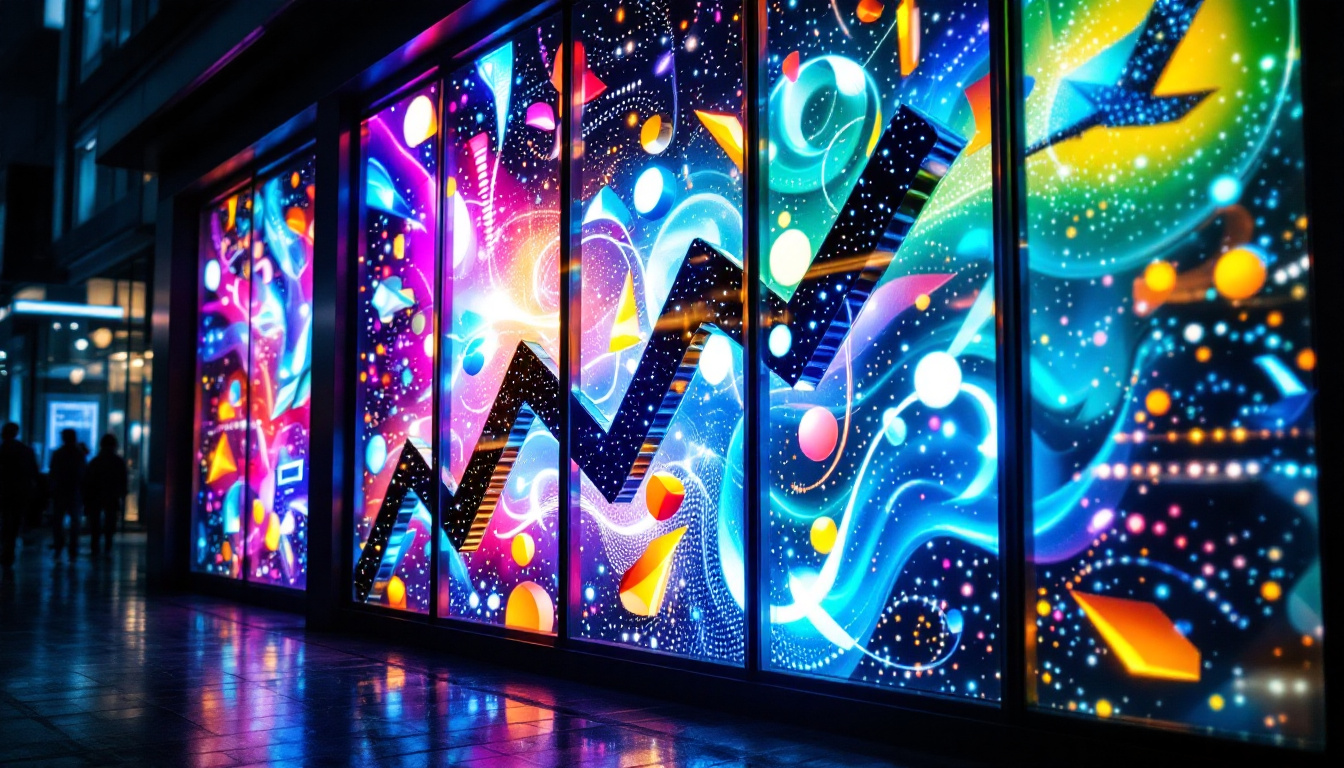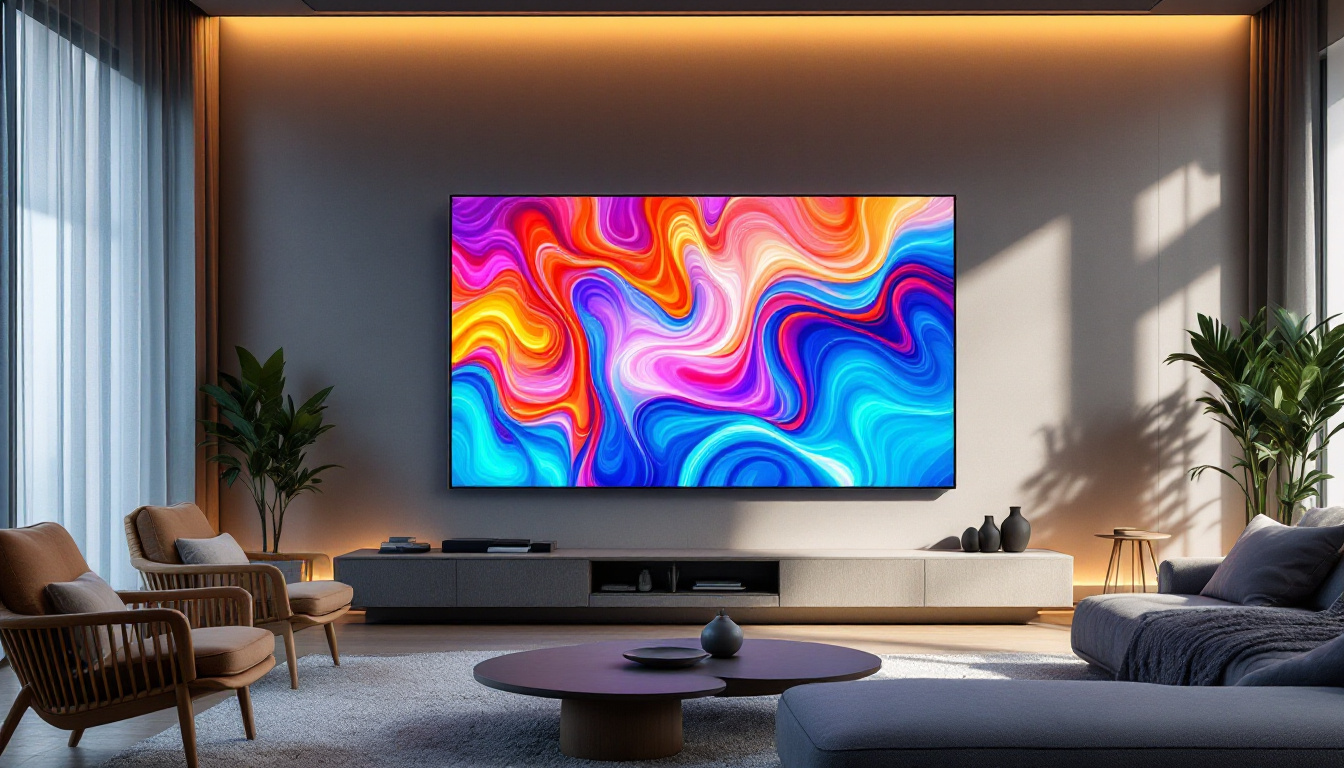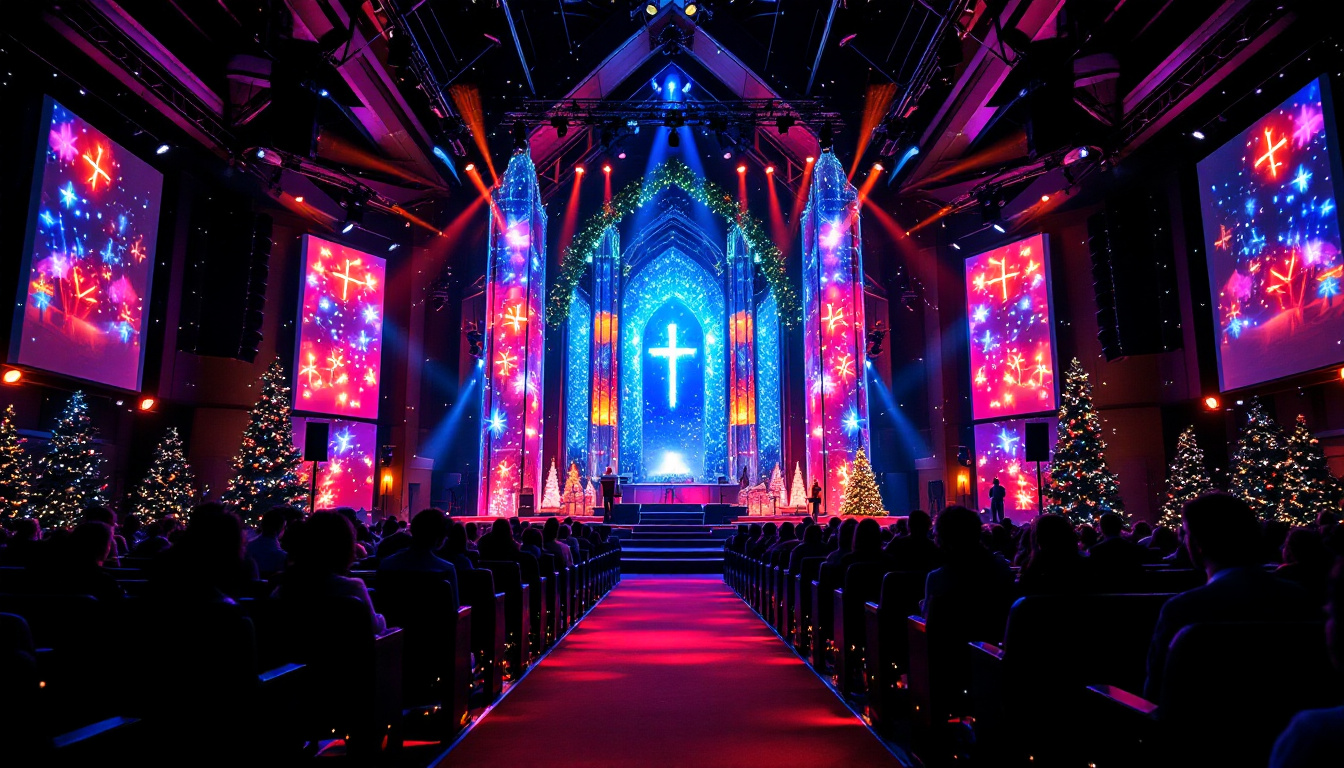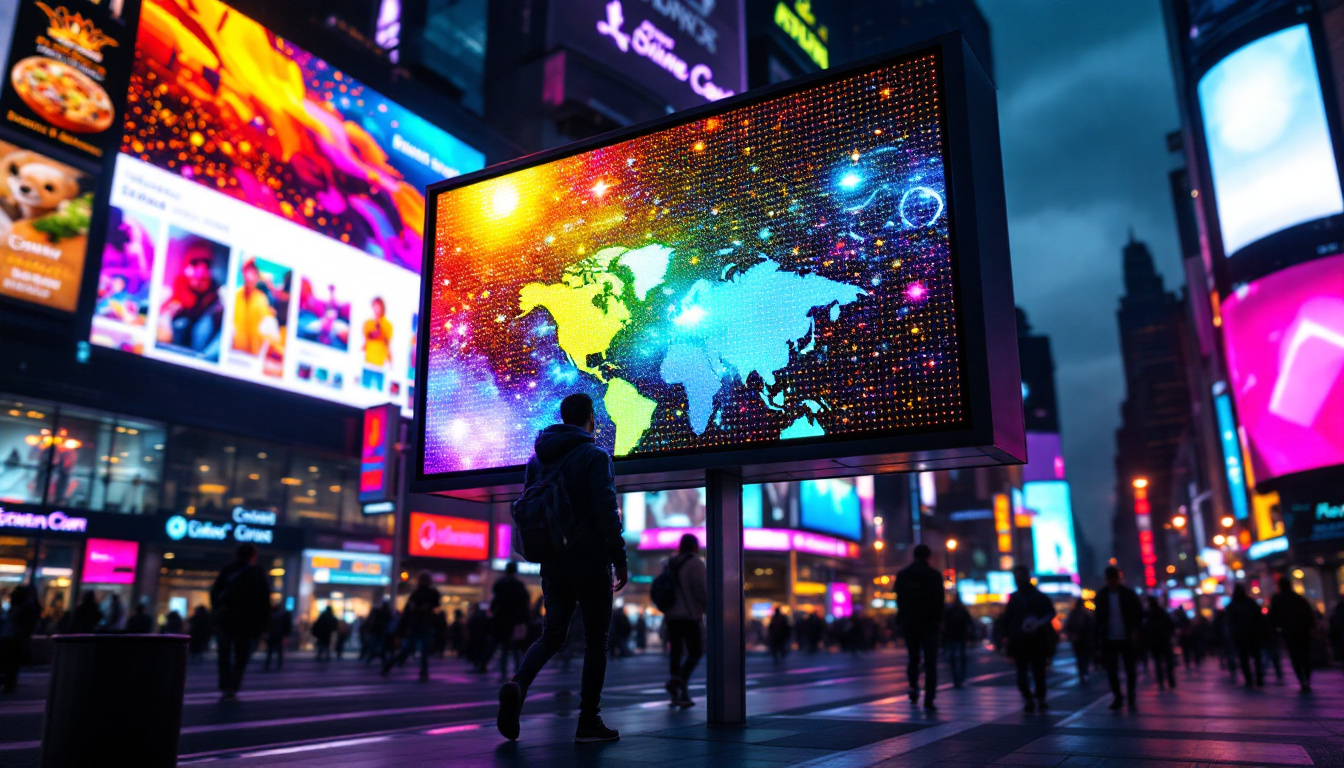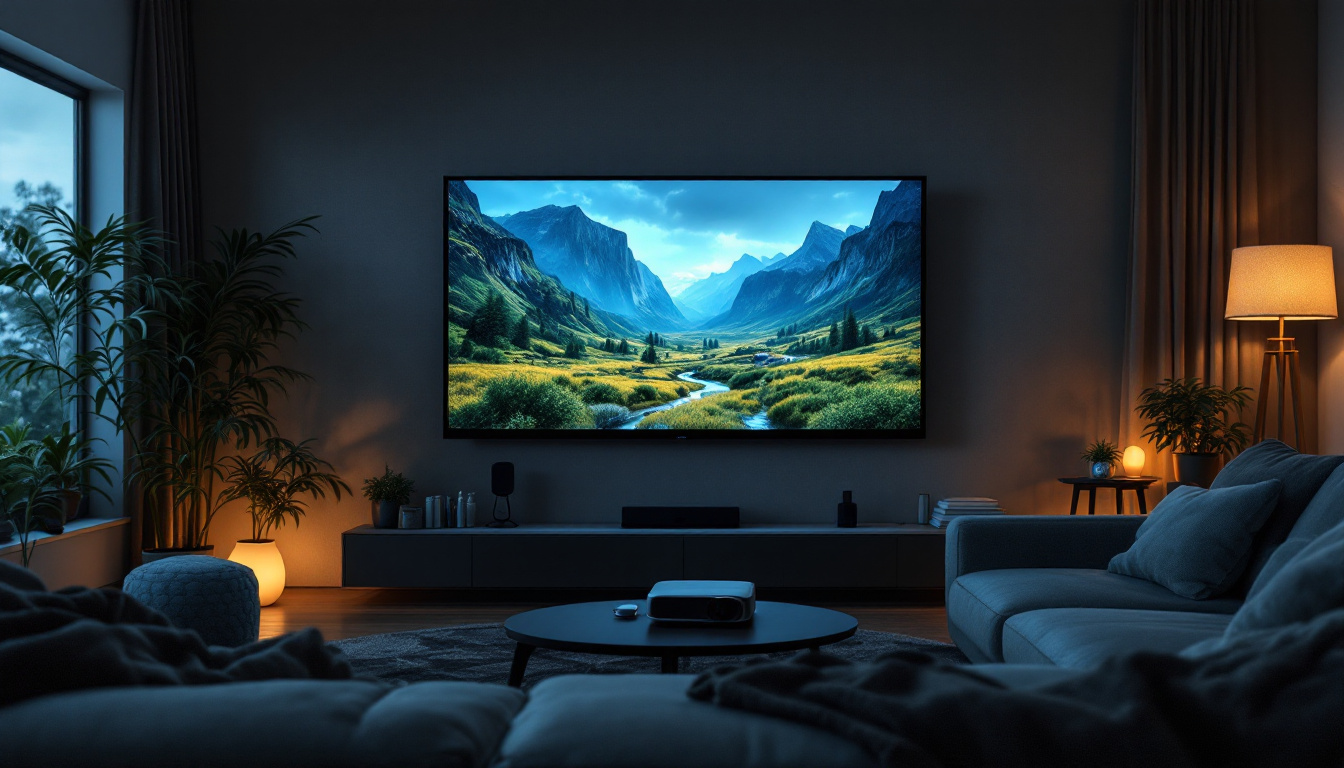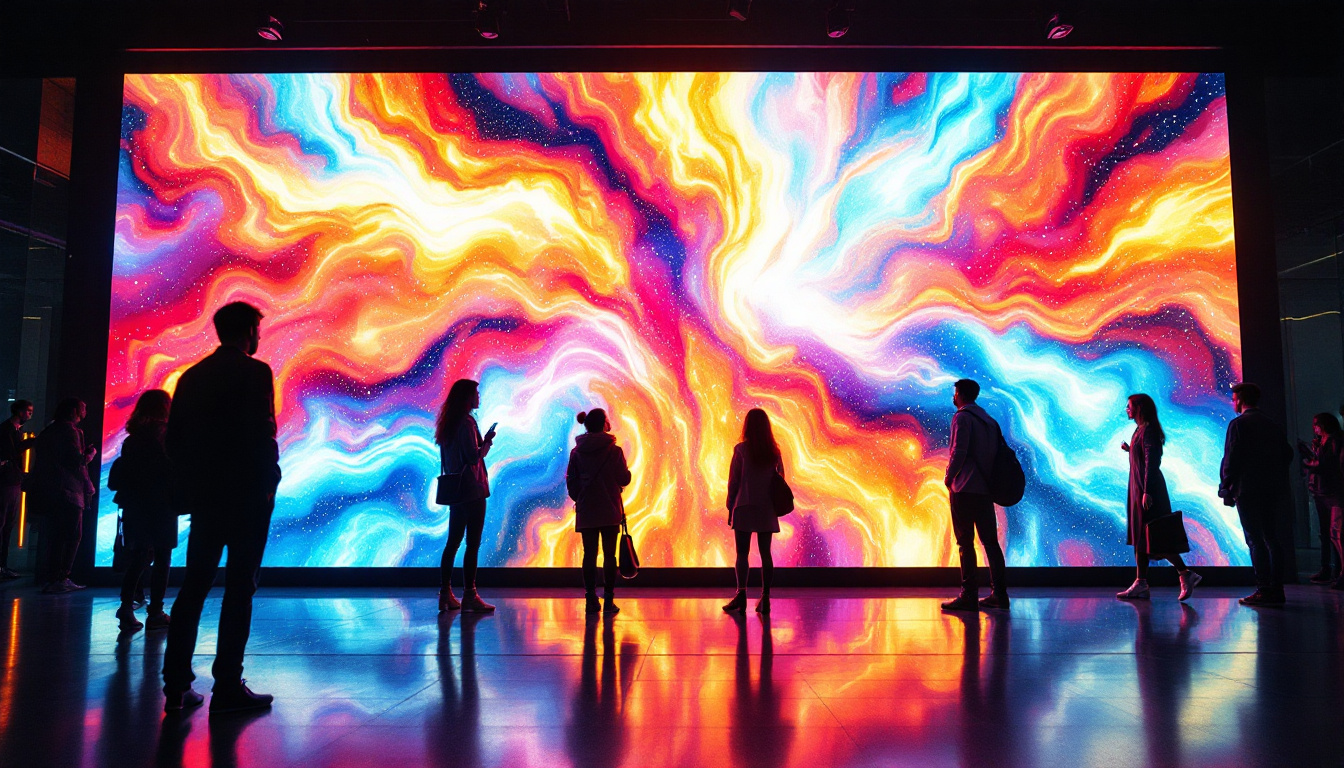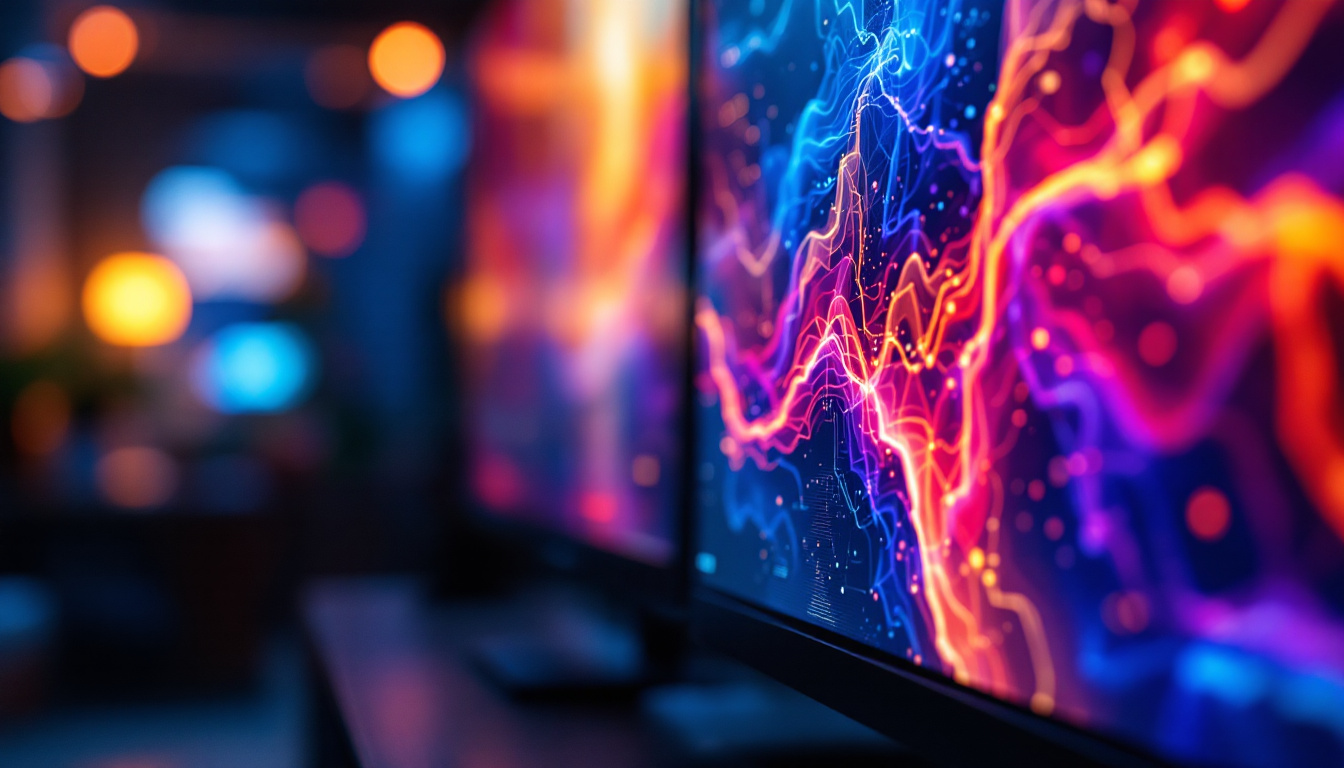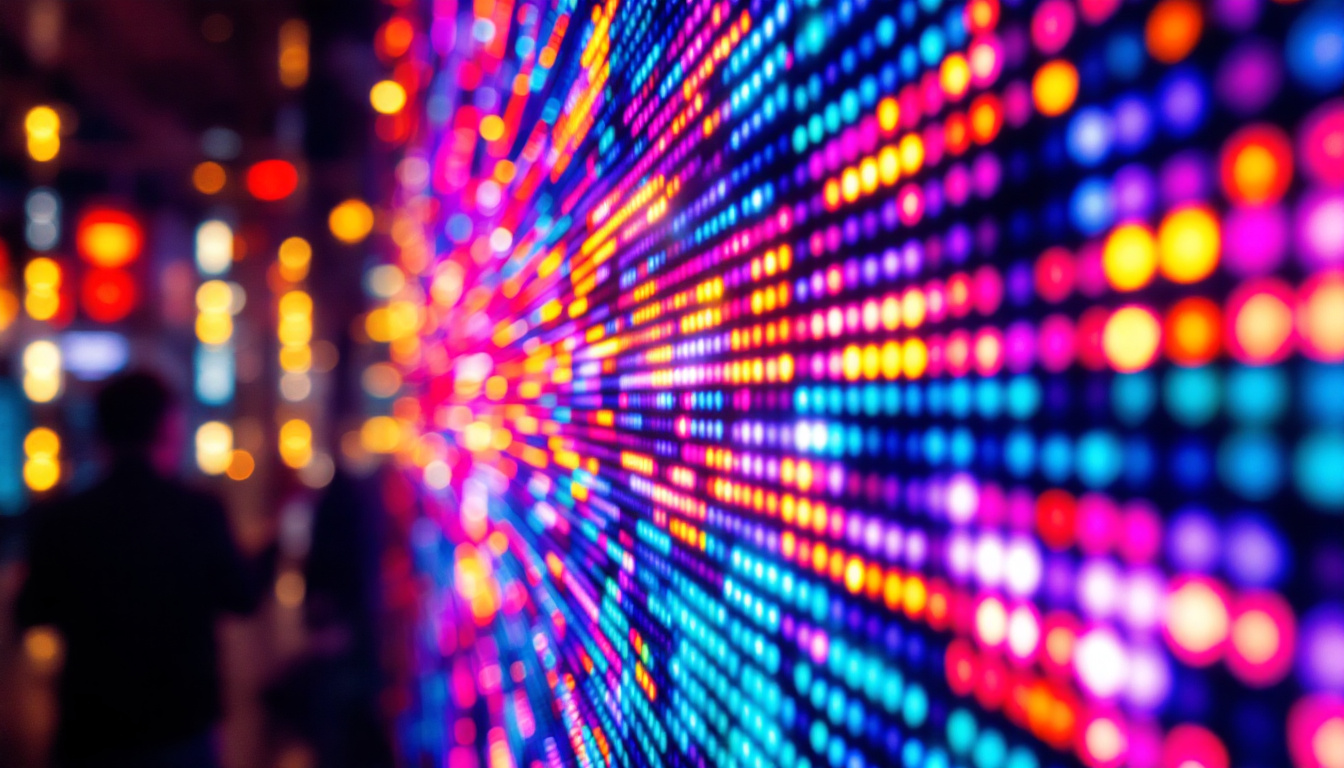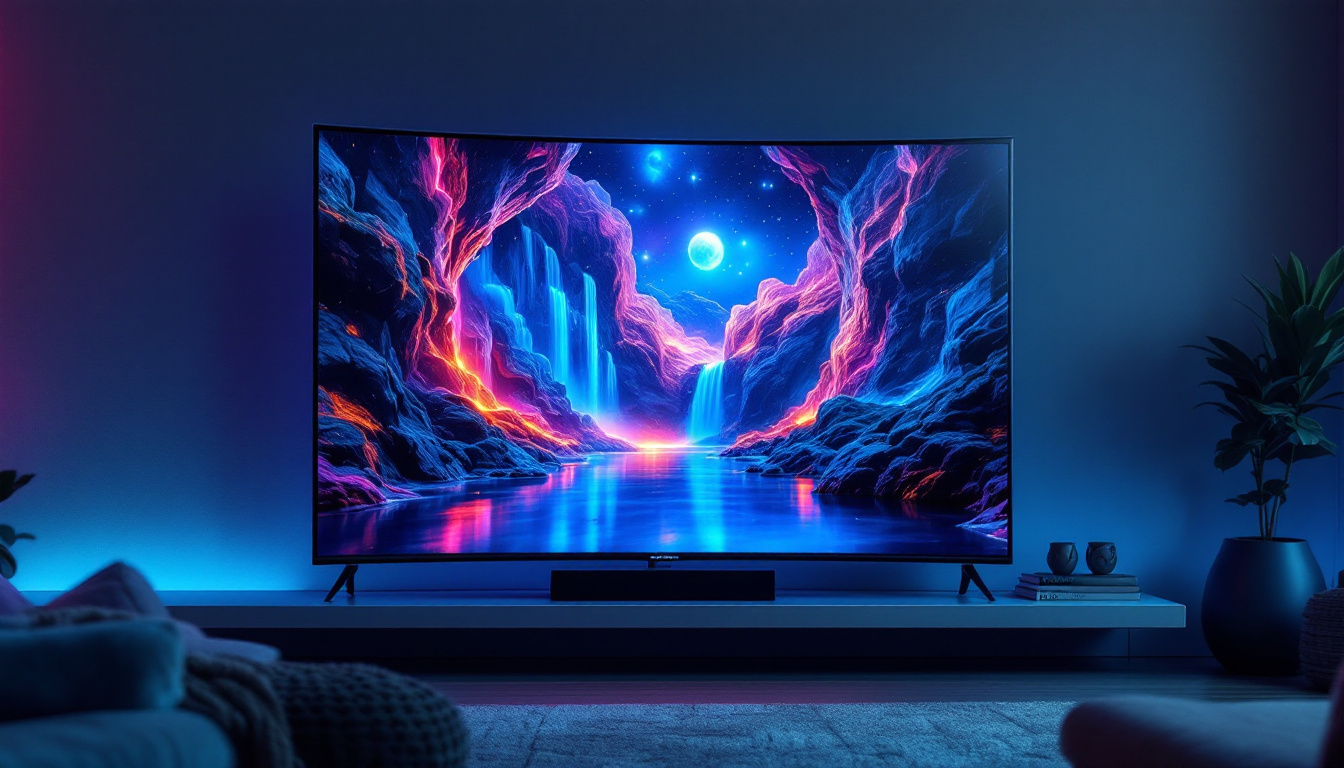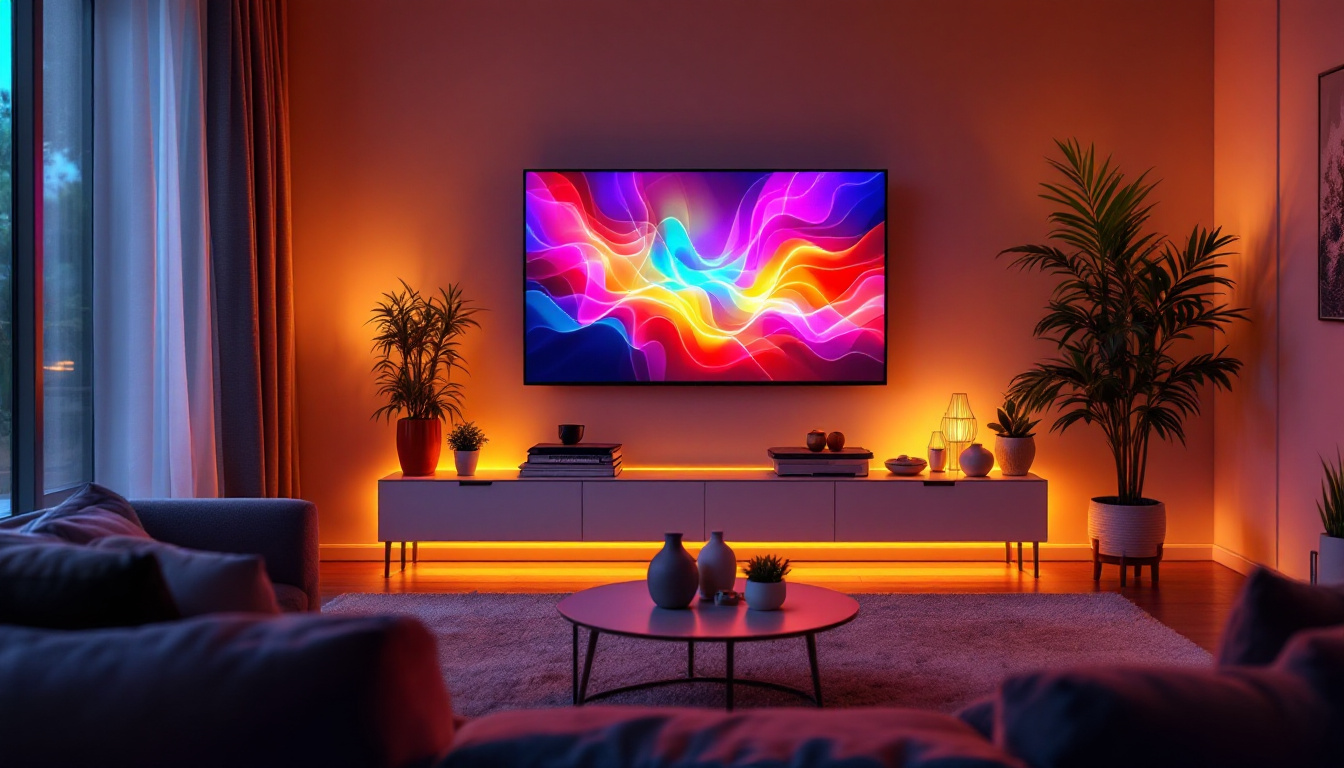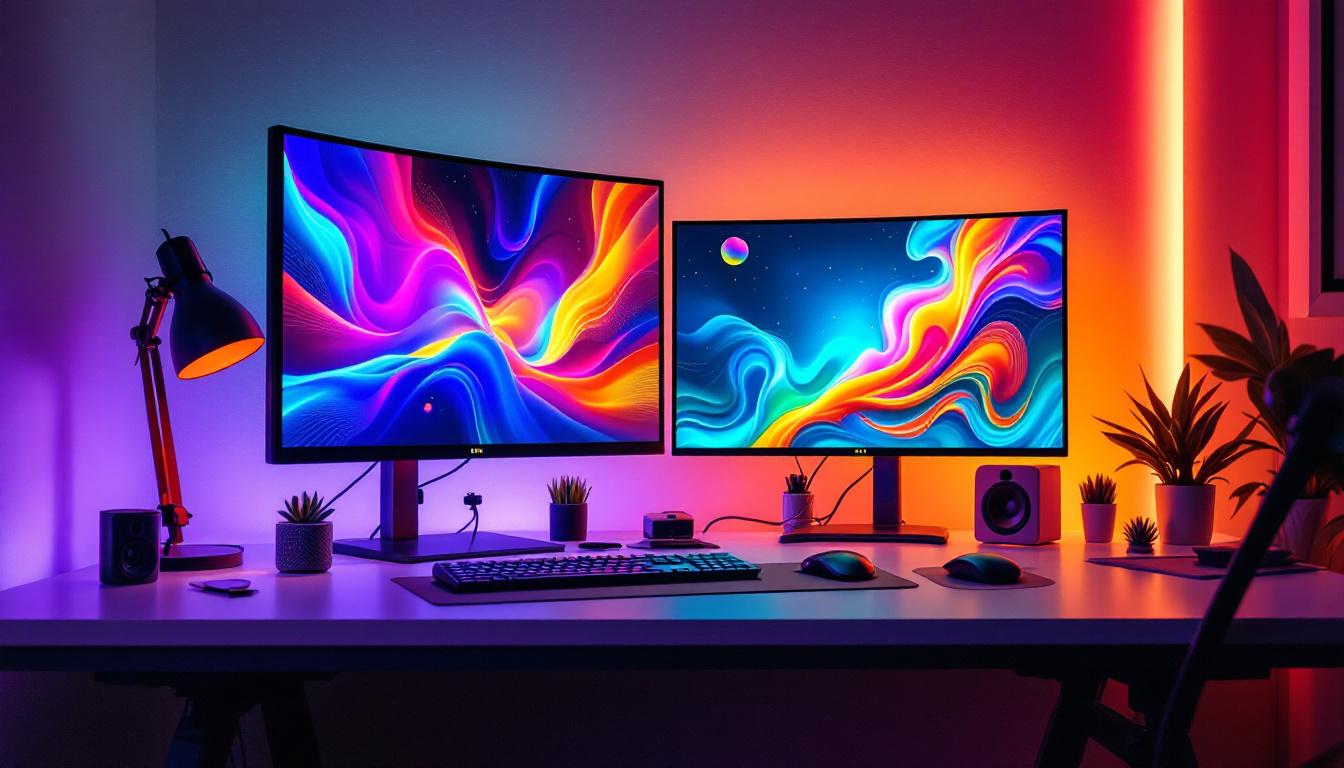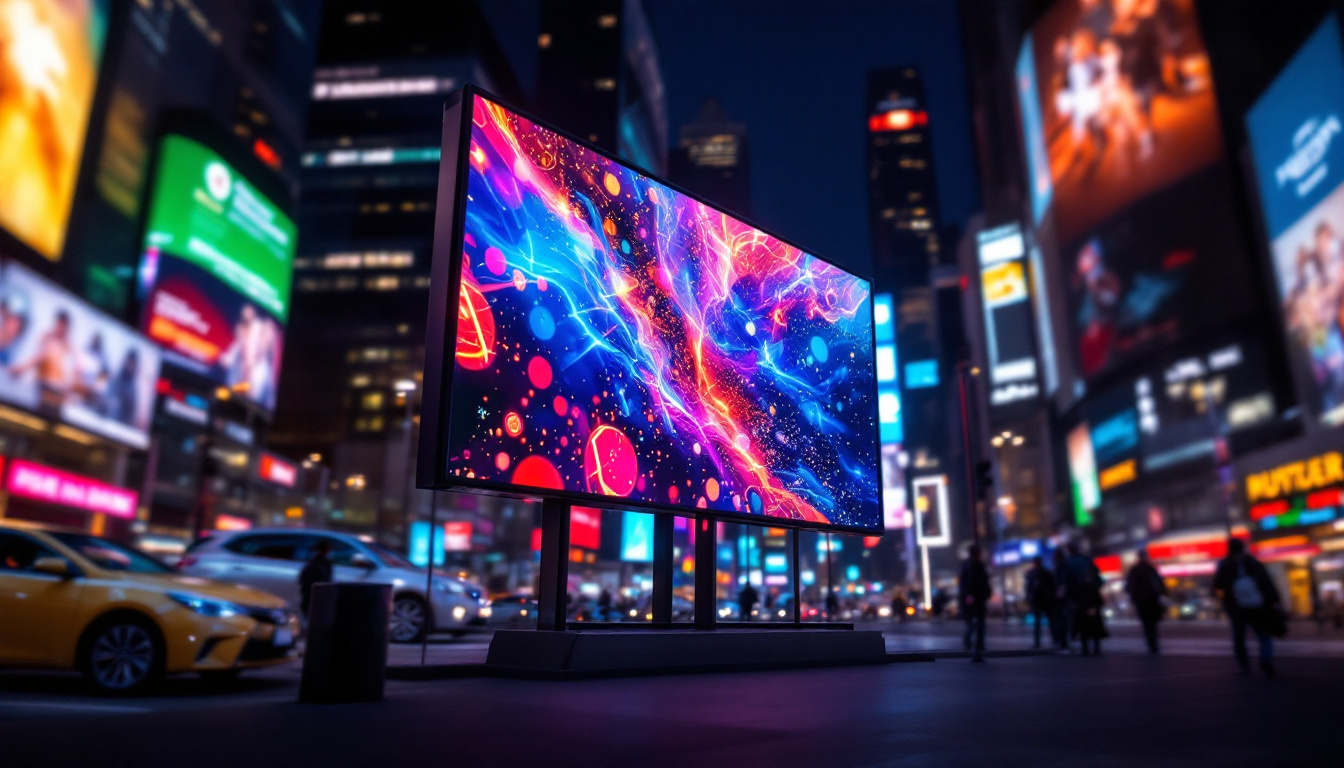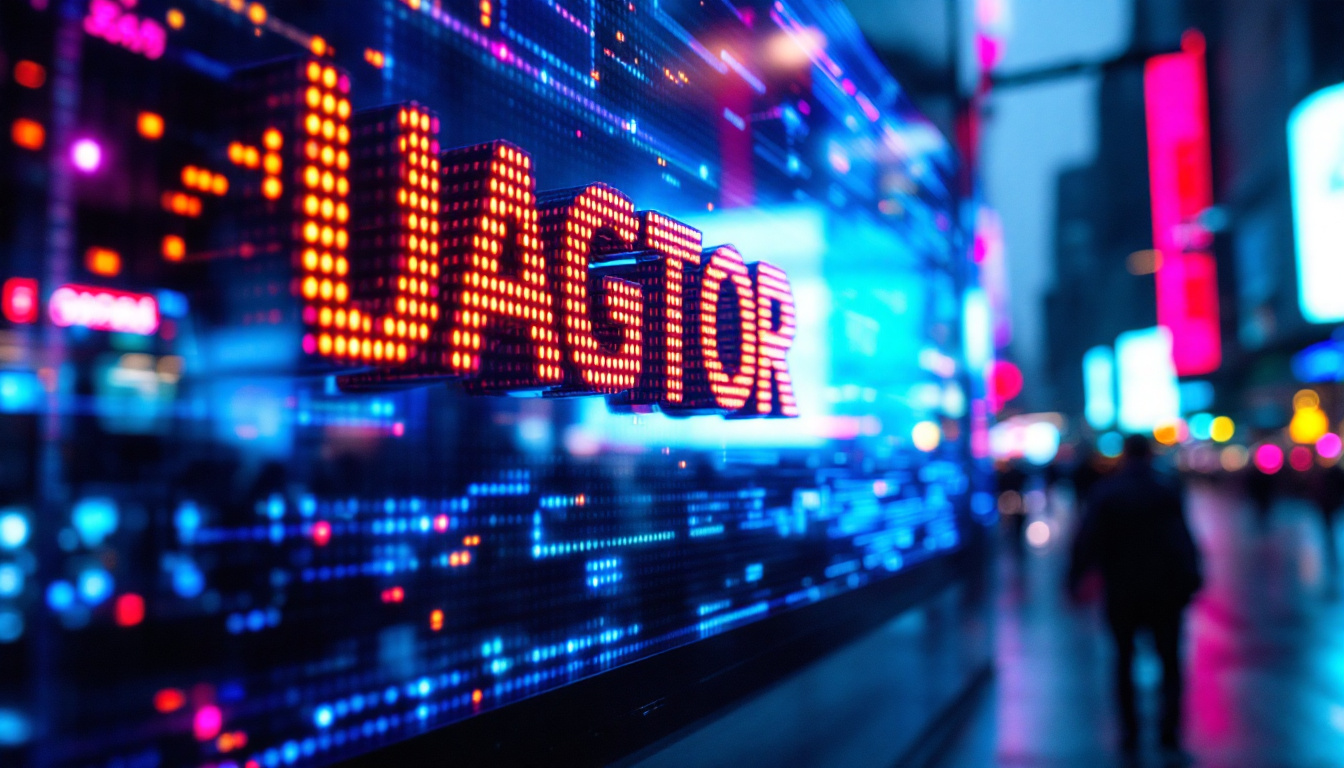In the modern era of technology, the integration of advanced solutions into our homes has become a necessity rather than a luxury. Among these innovations, LED displays have emerged as a vital component in creating a seamless and efficient living environment. This article delves into the various aspects of LED displays, exploring their functionality, benefits, and applications in home solutions.
Understanding LED Displays
LED, or Light Emitting Diode, displays have revolutionized the way visual information is presented. Unlike traditional displays that rely on backlighting, LED displays use individual diodes that emit light, providing a more vibrant and energy-efficient option. This technology is not only used in televisions but has also found its way into various home solutions, enhancing both aesthetics and functionality. The compact size and flexibility of LED technology allow for innovative designs, such as curved screens and ultra-thin panels, which can seamlessly integrate into modern living spaces.
Moreover, the longevity of LED displays is a significant advantage. With a lifespan that can exceed 50,000 hours, these displays require less frequent replacements compared to traditional bulbs, making them a cost-effective choice over time. As consumers become increasingly aware of energy consumption and environmental impact, the shift towards LED technology represents a step towards sustainability, as they consume less power and reduce carbon footprints.
How LED Displays Work
The fundamental principle behind LED displays lies in their ability to convert electrical energy into light. Each pixel in an LED display comprises red, green, and blue diodes. By adjusting the intensity of these colors, a wide spectrum of hues can be created, allowing for high-definition images and videos. This technology provides superior contrast and brightness compared to traditional LCD screens, making it a preferred choice for many homeowners. Additionally, the rapid response time of LED displays enhances the viewing experience, particularly for fast-paced content such as sports and action movies, where clarity and detail are crucial.
Furthermore, advancements in LED technology have led to the development of smart displays that can connect to the internet, enabling features like streaming services and interactive applications. This integration of smart technology not only enhances user experience but also allows for customizable settings, such as adjusting brightness based on ambient light, ensuring optimal viewing conditions at all times.
Types of LED Displays
LED displays come in several types, each designed for specific applications. The most common types include:
- Direct View LED: These displays consist of individual LED modules that form a large screen, ideal for outdoor advertising and large-scale installations. Their high brightness levels make them visible even in direct sunlight, making them a popular choice for billboards and stadium displays.
- LED-backlit LCD: This type combines LCD technology with LED backlighting, offering improved brightness and energy efficiency. They are commonly found in televisions and computer monitors, providing a balance between performance and cost.
- Organic LED (OLED): Utilizing organic compounds, OLED displays provide exceptional color accuracy and contrast, making them popular for high-end televisions. The ability of OLED screens to achieve true blacks by turning off individual pixels results in stunning visuals that captivate viewers.
In addition to these types, there are also specialized LED displays such as MicroLED, which offers even finer pixel pitch for ultra-high resolution, and flexible LED displays that can be bent or shaped to fit unique environments. As technology continues to evolve, the possibilities for LED displays are expanding, paving the way for innovative applications in both commercial and residential settings.
Benefits of LED Displays in Home Solutions
Incorporating LED displays into home solutions offers numerous advantages that enhance the overall living experience. From energy efficiency to superior image quality, these displays are transforming the way we interact with technology in our homes.
Energy Efficiency
One of the most significant benefits of LED displays is their energy efficiency. Compared to traditional incandescent bulbs and even older LCD technologies, LED displays consume considerably less power. This not only reduces electricity bills but also contributes to a more sustainable lifestyle. With the increasing emphasis on eco-friendliness, LED technology stands out as a responsible choice for homeowners.
Enhanced Visual Quality
The clarity and vibrancy of LED displays are unmatched. The ability to produce deeper blacks and brighter whites results in a more immersive viewing experience. This is particularly beneficial for home theaters, where picture quality is paramount. Additionally, the wide viewing angles offered by LED displays ensure that everyone in the room can enjoy the same high-quality visuals, regardless of their position.
Versatility and Customization
LED displays are incredibly versatile, making them suitable for various applications within the home. From digital signage and smart mirrors to interactive home control panels, the possibilities are virtually endless. Furthermore, many LED displays allow for customization in terms of size, shape, and functionality, enabling homeowners to tailor their solutions to meet specific needs and preferences.
Applications of LED Displays in Home Solutions
The applications of LED displays in home solutions are diverse, ranging from entertainment systems to smart home integration. Understanding these applications can help homeowners make informed decisions about incorporating LED technology into their living spaces.
Home Entertainment Systems
LED displays have become a staple in home entertainment systems. High-definition televisions equipped with LED technology provide stunning visuals for movies, sports, and gaming. Many modern LED TVs also come with smart features, allowing users to stream content directly from the internet, access apps, and even control other smart devices in the home.
Smart Home Integration
As the concept of smart homes continues to evolve, LED displays play a crucial role in facilitating this integration. Smart displays can serve as control hubs, allowing users to manage lighting, security systems, and climate control from a single interface. These displays often feature touchscreens, voice control, and compatibility with various smart home ecosystems, making them an essential component of modern living.
Decorative and Functional Installations
Beyond entertainment and control, LED displays can also serve decorative purposes. digital art frames, for instance, allow homeowners to showcase a rotating selection of artwork, enhancing the ambiance of any room. Additionally, LED displays can be integrated into furniture, such as coffee tables or headboards, providing both functionality and aesthetic appeal.
Choosing the Right LED Display for Your Home
When considering the integration of LED displays into a home solution, several factors must be taken into account. These considerations ensure that the chosen display meets the specific needs and preferences of the homeowner.
Size and Resolution
The size and resolution of an LED display are critical factors that influence the viewing experience. Larger screens are ideal for spacious living areas, while smaller displays may be more suitable for bedrooms or kitchens. Additionally, higher resolutions, such as 4K or 8K, provide sharper images, making them preferable for home theaters and gaming setups.
Connectivity Options
In the age of connectivity, having multiple input options is essential. HDMI, USB, and wireless connectivity allow users to connect various devices, such as gaming consoles, Blu-ray players, and streaming devices. Ensuring that the LED display supports the necessary connections will enhance its usability and versatility.
Budget Considerations
LED displays come in a wide range of prices, influenced by factors such as size, resolution, and brand. Establishing a budget before shopping can help narrow down options and ensure that homeowners find a display that meets their needs without overspending. It’s also worth considering long-term savings associated with energy-efficient models.
Installation and Maintenance of LED Displays
Proper installation and maintenance are crucial for maximizing the lifespan and performance of LED displays. Understanding these aspects can help homeowners enjoy their investment for years to come.
Professional Installation vs. DIY
While some homeowners may opt for a DIY installation, seeking professional help can ensure that the display is set up correctly and safely. Professionals can provide guidance on optimal placement, ensuring that the display is positioned for the best viewing experience. Additionally, they can assist with wiring and integration into existing home systems.
Regular Maintenance Tips
Maintaining an LED display is relatively straightforward. Regular cleaning of the screen with a microfiber cloth can prevent dust buildup, which can affect picture quality. Furthermore, keeping the display updated with the latest firmware can enhance performance and security. Homeowners should also be mindful of the environment in which the display is placed, avoiding direct sunlight that can cause glare and overheating.
The Future of LED Displays in Home Solutions
The future of LED displays in home solutions looks promising, with ongoing advancements in technology paving the way for even more innovative applications. As the demand for smarter and more integrated home solutions continues to grow, LED displays will undoubtedly play a central role in shaping the future of our living spaces.
Emerging Technologies
Emerging technologies such as MicroLED and MiniLED are set to redefine the capabilities of LED displays. These technologies offer improved brightness, contrast, and color accuracy, making them ideal for high-end applications. As these innovations become more accessible, homeowners can expect to see even more stunning visuals in their homes.
Integration with Augmented and Virtual Reality
As augmented reality (AR) and virtual reality (VR) technologies gain traction, the integration of LED displays with these platforms will enhance the overall user experience. Imagine a living room where digital elements seamlessly blend with the physical environment, creating immersive experiences for entertainment and education. The possibilities are endless, and LED displays will be at the forefront of this transformation.
Conclusion
LED displays have become an integral part of modern home solutions, offering a blend of functionality, energy efficiency, and aesthetic appeal. From enhancing home entertainment systems to serving as control hubs for smart homes, the versatility of LED technology is unmatched. As advancements continue to shape the future of this technology, homeowners can look forward to even more innovative applications that will further enrich their living spaces.
Investing in LED displays not only enhances the visual experience but also contributes to a more sustainable lifestyle. With careful consideration of size, resolution, and connectivity options, homeowners can select the perfect display to meet their needs. As the integration of LED displays continues to evolve, it is clear that they will remain a cornerstone of all-in-one home solutions.
Discover the Future of Home LED Displays with LumenMatrix
Ready to elevate your home with the latest in LED display technology? LumenMatrix is at the forefront of innovation, offering a wide array of LED display solutions that cater to every need. Whether you’re looking for an Indoor LED Wall Display to transform your living room, an Outdoor LED Wall Display to make a statement in your garden, or a Custom LED Display tailored to your unique space, LumenMatrix has you covered. Experience the future of visual communication and create memorable visual experiences with our cutting-edge LED displays. Check out LumenMatrix LED Display Solutions today and step into a world where technology meets design and functionality.

